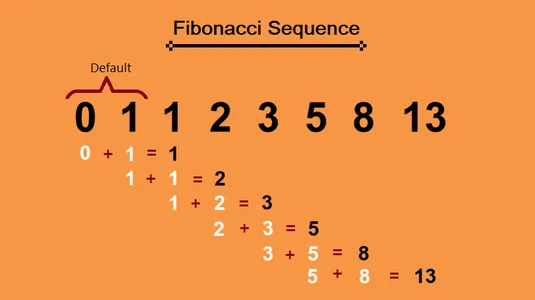
Unraveling the Fibonacci Sequence: A Journey through Recursion and Optimization
The Fibonacci sequence is a fascinating series of numbers, where each number is the sum of the two preceding ones, usually starting with 0 and 1. This sequence has not only captivated mathematicians but also found practical applications in various fields including computer science, economics, and even nature.
Understanding the Fibonacci Sequence
The Fibonacci sequence starts like this: 0, 1, 1, 2, 3, 5, 8, 13, 21, 34, ...
Real-Life Example
In nature, Fibonacci numbers are often visible in the arrangement of leaves on a stem, the bracts of a pinecone, or the fruitlets of a pineapple. The Fibonacci spiral is an approximation of the golden spiral created by drawing circular arcs connecting the opposite corners of squares in the Fibonacci tiling.
Algorithm Steps for Calculating nth Fibonacci Number
Base Case: If is less than or equal to 1, return .
Recursive Case: Otherwise, return the sum of the (n-1)th and (n-2)th Fibonacci numbers.
JavaScript Implementation
Recursive Approach
Iterative Approach (Optimized)
Time Complexity
Recursive Approach: O(2n). This is due to the fact that each call generates two more calls in a tree-like structure.
Iterative Approach: O(n). This linear approach iterates once through the sequence up to .
Space Complexity
Recursive Approach: O(n) due to the call stack.
Iterative Approach: (1)O(1), as it uses a constant amount of space.
Conclusion
The Fibonacci sequence, while simple in its definition, provides a great example to illustrate key concepts in programming such as recursion, iterative loops, and optimization for efficiency. It also shows how mathematical concepts can have practical applications and visual representations in the natural world. For anyone delving into the realms of computer science or mathematics, understanding the Fibonacci sequence is both intriguing and essential.